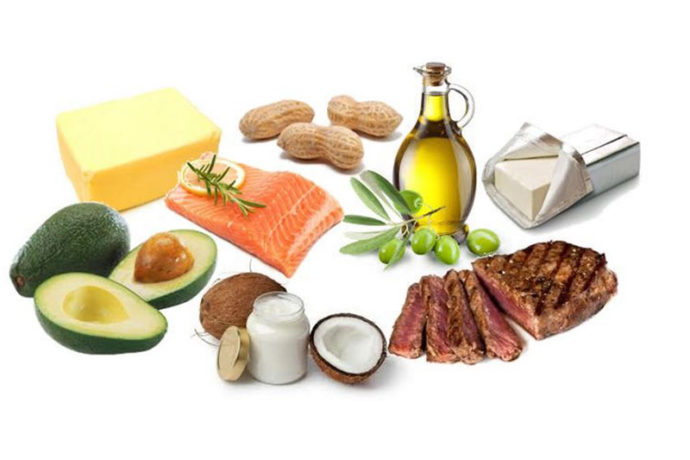Keto Diet for Weight Loss
Lose Weight with the Keto Diet
The Keto Diet for Weight Loss
The ketogenic or keto diet is high in fat, low in carbs, and moderate in protein. This diet was originally designed to treat difficult to control epilepsy in children. It is considered very restrictive, so it might be difficult to stick with; however, if you are disciplined and follow the diet carefully, it can also provide an excellent way to lose weight.
This low carb, high fat diet is well known for causing the metabolic process known as ketosis. This is a natural process in which the body produces ketones which it then uses for energy. When your body doesn’t get enough carbohydrates to use as fuel, it will begin to burn fat for the energy it needs. Ketosis leads to an increase in fat breakdown, which in turn, causes weight loss.
When you eat something that is high in carbs, your body naturally produces glucose and insulin.
- Glucose is the first thing your body will use for energy. It is the molecule that is easiest to convert into energy, so if there is glucose (such as after eating carbs), that’s what your body will burn.
- Insulin is a hormone that your body produces in order to process the glucose.
Unfortunately, if your body is busy burning glucose as its primary source of energy, fat is not needed, so it is simply stored. By lowering the amount of carbohydrates you consume, your body moves into ketosis and begins burning fat.
How to Use the Keto Diet for Weight Loss
Moving your body into ketosis requires limiting your carbohydrate intake to between 20 and 50 grams per day. A typical keto diet for weight loss consists of the following breakdown of macronutrients:
- 70-80% of daily calories from fat
- 20-25% of daily calories from protein
- 5-10% of daily calories from carbs
Foods to Avoid on the Keto Diet
- Whole grains, including wheat, rice, corn, oats, barley, and rye
- Beans and legumes, including lentils, peas, kidney beans, chickpeas, and black beans
- Fruits, like bananas, citrus fruits, and apples, with the exception of a small amount of berries
- Starchy vegetables, including white potatoes, carrots, parsnips, and sweet potatoes
- Refined grains
- Diet products, including low fat food products
- Pasta
- Breads of all types
- Candies, cookies, pastries, and other baked goods made with flour
- Refined sugars
- Fruit juices and soft drinks
Foods You can Enjoy on the Keto Diet
- Dairy products, including yogurt, sour cream, heavy cream, and cheese
- Eggs
- Low carb vegetables, including spinach, Brussels sprouts, peppers, kale, onions, asparagus and broccoli
- Meat, including chicken, turkey, beef, pork goat, lamb, and veal
- Fish, including sardines, trout, tuna, catfish, and salmon
- Fats and oils, including sesame oil, olive oil, safflower oil, butter, nuts and seeds (either whole or as a butter)
- Herbs and spices that contain no added sugars
- Low sugar fruit, including strawberries, raspberries, blueberries, and avocados (in small amounts)
How to Follow a Keto Diet
- Eliminate carbs. Try to keep carbs to 30 grams or less per day.
- Eat vegetables. Fill your plate with low carb veggies. Fat sources are typically high in calories, so eating plenty of low carb vegetables can be an easy way to keep yourself feeling full without consuming too many calories.
- Keep the staples on hand. You’ll be eating a diet that is focused on meat, whole eggs, cheese, oily fish, cream, oils, and nuts, so make sure you have them stocked.
- Experiment. If you’re following a keto diet, it can still be delicious. Experiment with your favorite recipes to make them keto friendly.
- Have a plan. It’s not always easy to find a quick low carb snack or meal, so make sure that you have planned ahead.




